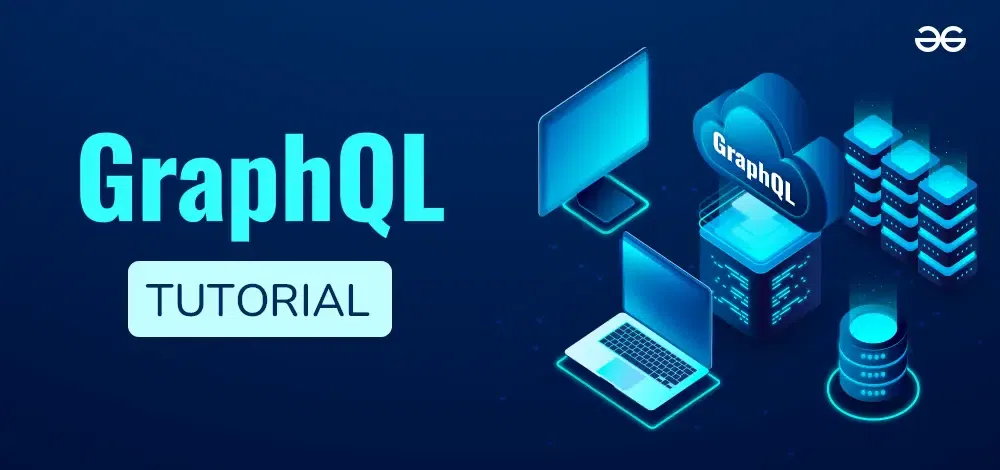
|
|
In today’s fast-paced digital world, efficient data fetching is more important than ever. That’s where GraphQL comes in. Developed by Facebook, GraphQL is a powerful query language for APIs that allows you to request exactly the data you need, no more and no less. Unlike traditional REST APIs, which can lead to over-fetching or under-fetching of data, GraphQL provides a more flexible and efficient way to interact with your backend. Whether you’re building a complex application or just starting out, this tutorial will guide you through the basics of GraphQL, show you how to set it up and demonstrate how to make the most of its powerful features. Let’s dive in and see how GraphQL can revolutionize the way you handle data in your projects!  GraphQL Prerequisites to Learn GraphQLBefore diving into GraphQL, it’s helpful to have a few prerequisites under your belt. Here are the key ones:
Introduction to GraphQL
Getting Started
GraphQL Schema
GraphQL Queries & Mutations
GraphQL Resolvers & Subscriptions
Advanced GraphQL Concepts
GraphQL Server Implementation
Client-Side GraphQL
Performance Optimization
Testing and Debugging GraphQL
Deployment
Difference Between GraphQL to REST API
ConclusionIn this comprehensive GraphQL tutorial, you have explored the world of GraphQL, exploring its unique features, benefits, and practical applications. From its flexible query language to its efficient data retrieval, GraphQL empowers developers to build more responsive and tailored APIs. So go ahead, experiment with GraphQL, create expressive schemas, and embrace the power of introspection. As you embark on your GraphQL journey, keep exploring, learning, and pushing the boundaries of what’s possible in the world of APIs. GraphQL Tutorial – FAQsWhat is GraphQL?
Why should I learn GraphQL?
Is GraphQL only for frontend development?
What tools or libraries can I use with GraphQL?
|
Reffered: https://www.geeksforgeeks.org
| GraphQL |
| Related |
|---|
| |
| |
| |
| |
| |
Type: | Geek |
Category: | Coding |
Sub Category: | Tutorial |
Uploaded by: | Admin |
Views: | 13 |